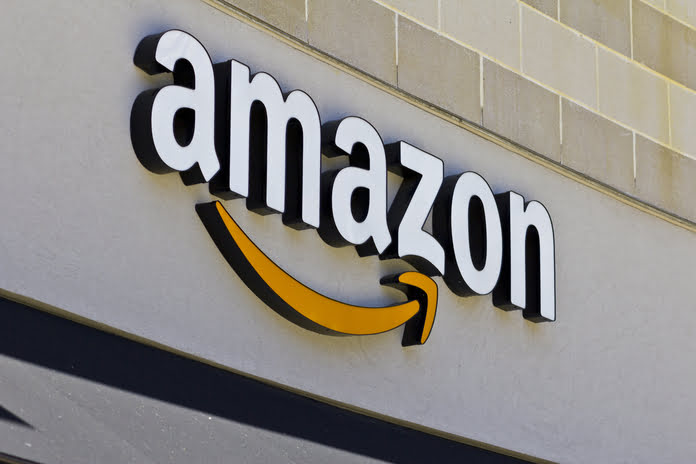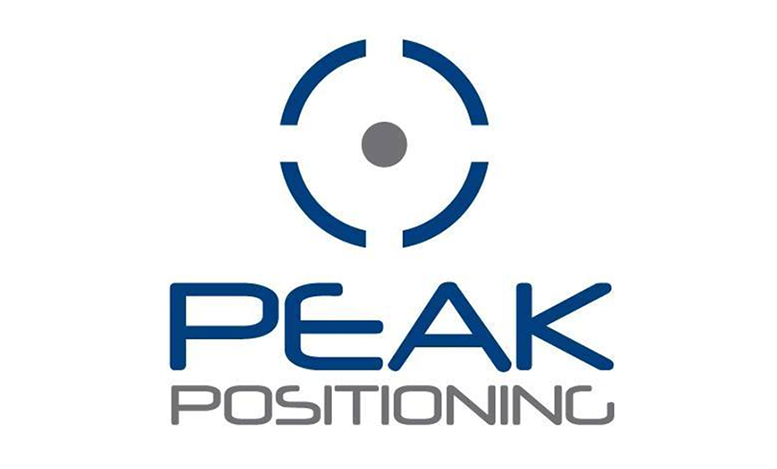Amazon Stock (NASDAQ:AMZN)
Long ago, everything was ideal for Amazon.com, Inc. (NASDAQ:AMZN). The sky was clear, interest rates were low, and consumer confidence was high. Beyond its online store, the company diversified into the supermarket industry by acquiring Whole Foods, the cloud computing sector with Amazon Web Services (AWS), and a flurry of other services like Prime Video and Music, giving the impression that it was unstoppable. How much has changed.
In light of rumors that the FTC is considering bringing an antitrust lawsuit against The Everything Store, it is concerning that the company’s growth appears to be slowing.
Even though Amazon’s Q4 results were disappointing, we can at least state that they were not a surprise. We recently expressed concern that the company’s total earnings would suffer from slower AWS growth (see that article here). We can now state with confidence that our theory was accurate: AWS growth halted, and the cloud services customer base, which is normally smaller in size, continues to be price sensitive. This decline is anticipated to last the rest of the year.
Amazon stock fell more than 8% as a result of the negative investor response to the results report. With headlines like “Amazon Is No Longer A Growth Stock,” observations flooded in.
Is this a true statement? We want to fully investigate this before making a determination about the course we think the business will soon take.
Amazon Is Spending Like it Was 1999
Amazon was once a shining example of a business that financed its expansion with record low lending rates. Although expansion is still a primary priority, the company today earns enough cash to avoid accessing credit markets.
Management stressed during the Q3 call that investing in AWS infrastructure was a high priority despite customers’ growing price sensitivity. The story remained mostly unchanged in Q4.
For instance, the business increased its capital investment in 2022 from $55 billion to $58 billion. The amount “mostly reflects investments in technological infrastructure, the majority of which is to support AWS business growth, and boosting capacity to support our fulfillment network,” according to the company’s 10K filing. “With greater spending on technology infrastructure, we hope that these investments will be sustained over time.”
The company’s costs demonstrate how much it relies on AWS. Amazon classifies AWS spending as mostly falling under the Technology and Content line item in its analysis of Operating Expenses. Even while all of Amazon’s expenses increased in the fourth quarter, this particular line item saw the most increases, going from 11.9% of net sales in 2021 to 14.2% in 2022.
Naturally, the next concern is whether or not this expense is necessary.
Your perspective will affect the solution, just like it will with so many other things. The answer is undoubtedly yes if you think that despite the current slump, demand for cloud computing services will increase significantly over the next few years. The answer is no if you think Amazon should construct when there is a need.
We believe that the middle ground is where the answer lies. We would prefer that the business wait until there is greater demand before making CAPEX investments in data centers. After all, a hyperscale site with a data center provider might quickly add more capacity. But right now, that is only our point of view. Individual investors must decide how to react.
We almost have the impression after reading through Amazon’s fourth quarter SEC filings that they increased spending because they expected a poor quarter (just our opinion, of course). After all, happier times might result from paving the way for unpleasant news and getting it out of the way.
Amazon detailed a number of one-time expenses and write-offs in its 10-K notes to achieve this. These non-recurring charges typically surprise investors who do not study the reports’ substance, which can occasionally lead to a brief period of panic-selling. Because the operating margin has decreased and is unlikely to be repeated, investors should be aware of these one-time costs and write-downs.
Three charges were made by Amazon in the fourth quarter: a $480 million one-time charge for terminating leases before the start of fulfillment operations; a $720 million charge for severance-related costs; and a $1.1 billion charge for physical location impairment (of which $720 million was recorded in the fourth quarter, with the remaining amount anticipated to be recorded in the first quarter). Operational margins suffer a $1.84 billion damage as a result of this.
For a business the size of Amazon, a $1.84 billion headwind might not seem like much, but we think management is taking advantage of the chance to announce all the bad news at once and lay the groundwork for a rebound. Keep in mind that these choices were taken in the same quarter when the business lost $15 billion due to currency fluctuations and $12.7 billion on Amazon’s stock investment in Rivian Automotive, Inc. (RIVN).
This “clearing out the junk” approach to financial reporting in the quarter is supported by the fact that management didn’t utilize accounting gimmickry to make the results look better.
Management teams without morals may find justifications to deplete or exhaust held reserves in trying times. The balance sheet and income statement are both improved by releasing expenditure reserves, and in the quarter-to-quarter game of meeting Wall Street expectations, these actions can occasionally help a company succeed. Let’s say a business reserves 2% of its quarterly sales to cover bad debts in its accounts receivable. The 2% reserve is subtracted from revenue as a cost. In a quarter where the figures are on plan, management can be tempted to spend down the reserve while maintaining that there won’t be any bad debts. Voila! The goals have been reached.
On the other side, Amazon’s management is committed to being truthful while cleaning up all the mess in Q4. The company’s reserve for returns increased from $1 billion to $1.3 billion in 2022 to achieve this, neither dropping nor remaining constant.
These modest acts, in our opinion, establish confidence in a management team. Investors will have more faith in management’s skill and integrity if they are assured that the little things will be done right.
The Conclusion
Amazon’s earnings for the fourth quarter were poor, but this was to be expected. Furthermore, after a thorough investigation, we were relieved to discover no indication of accounting fraud or attempts to manipulate the numbers, which increases our faith in management.
Though a complete turnaround may not occur for another two to three quarters, we think things will get better for Amazon in the future. The company will probably introduce a lot of new products as it corrects itself through a potential recession, which will, in our opinion, keep it as a worldwide leader in the e-commerce sector. We were surprised that CEO Andy Jassy only mentioned RxPass twice on the results call (read our article here), and neither of those mentions were in planned remarks; instead, he was responding to questions from analysts. Although no analyst has asked about it, we think this will be Amazon’s first successful foray into the healthcare sector.
We remain optimistic about Amazon’s long-term prospects notwithstanding the current quarter and the potential for a challenging first half of 2023. We think the business will ultimately have to give up its growth-at-all-costs mentality in favor of a more stable reality (perhaps one that pays a dividend), but that time is several years off. We also think that AWS will eventually recover from its current problems.
We strongly advise buying Amazon stock in the absence of impending antitrust litigation. If the threat materializes, we’ll be curious to find out more about its nature and extent. We will be monitoring the company attentively and continue to recommend holding.
Image: Jetcityimage @ megapixl








